798 views, 6 likes, 1 comments, 18 shares, Facebook Reels from The Neuro-Network.
Category: neuroscience – Page 706

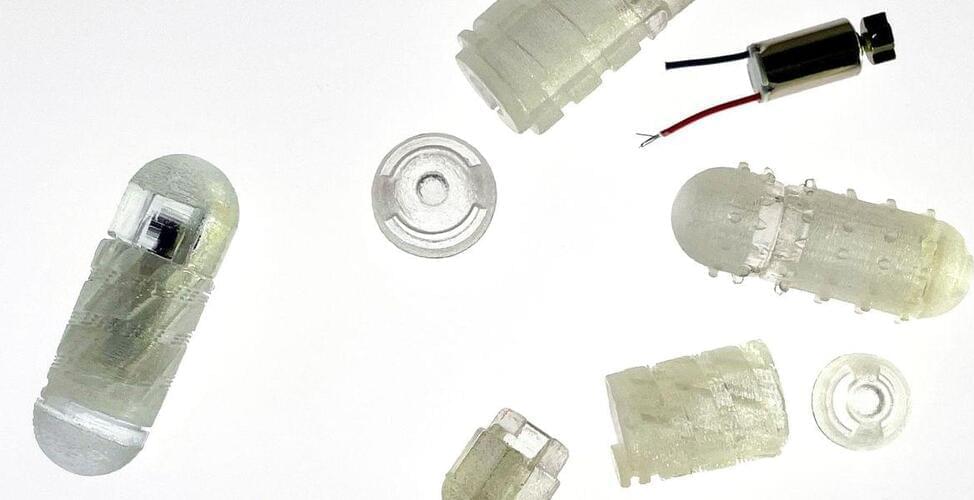
Robopill Drills Through Mucus to Deliver Drugs
Anosmia, or the inability to smell, can be caused not only by head injuries but also by exposure to certain toxins and by a variety of medical problems—including tumors, Alzheimer’s, and viral diseases, such as COVID. The sense of smell also commonly atrophies with age; in a 2012 study in which more than 1,200 adults were given olfactory exams, 39 percent of participants age 80 and above had olfactory dysfunction.
The loss of smell and taste have been dominant symptoms of COVID since the beginning of the pandemic. People with COVID-induced anosmia currently have only three options: Wait and see if the sense comes back on its own, ask for a steroid medication that reduces inflammation and may speed recovery, or begin smell rehab, in which they expose themselves to a few familiar scents each day to encourage the restoration of the nose-brain nerves. Patients typically do best if they seek out medication and rehab within a few weeks of experiencing symptoms, before scar tissue builds up. But even then, these interventions don’t work for everyone.
In April 2020, researchers at VCU’s smell and taste clinic launched a nationwide survey of adults who had been diagnosed with COVID to determine the prevalence and duration of smell-related symptoms. They’ve followed up with those people at regular intervals, and this past August they published results from people who were two years past their initial diagnosis. The findings were striking: Thirty-eight percent reported a full recovery of smell and taste, 54 percent reported a partial recovery, and 7.5 percent reported no recovery at all. “It’s a serious quality of life issue,” says Evan Reiter, director of the VCU clinic.
The Social Brain Ep.4: Brain Decoding: The Science of ‘Mind Reading’
Can scientists read your mind and figure out what you’re thinking just by looking at your brain? Well, sort of.
In this episode of The Social Brain with Taylor Guthrie (@The Cellular Republic) and I (@Sense of Mind) talk about a fascinating new area of cognitive neuroscience, called “brain decoding” as well as its counterpart, “brain encoding,” and related topics. It all centers on the question posed above and the future applications, some of which are scary while others are inspiring.
– What do you want us to cover in future episodes? Drop it in the comments!
Link to follow:
Make sure to subscribe to Taylor’s Channel: @The Cellular Republic.
Videos that we mentioned:
- Breaking the Neural Code (James Haxby talk): https://youtu.be/gl3du4CaALg.
- Kanwisher vs. Haxby Debate: https://youtu.be/u1xTfTPqWmo.
- Decoding Language Representation (Alexander Huth talk): https://youtu.be/rmqzLv089b4
- Engineering Thoughts and Memories (Jack Gallant talk): https://youtu.be/muwIhFLqies.
Podcast: Social Brain Podcast:
Clockwork-Like ‘Computer’ Discovered Inside Brainless Microscopic Organism
Tiny single-celled critters obviously don’t have room for a brain to tell them how to move in complex ways, so to get about, they usually roll, slither or swim.
But microscopic pond dwellers called Euplotes eurystomus have mastered a way to walk brainlessly – scurrying about like insects, with their 14 little appendages.
They appear to move a bit like the Dutch-designed kinetic sculptures called Strandbeasts, with clockwork-like connections cycling them through a pattern of set states that can be adjusted in response to their environment.
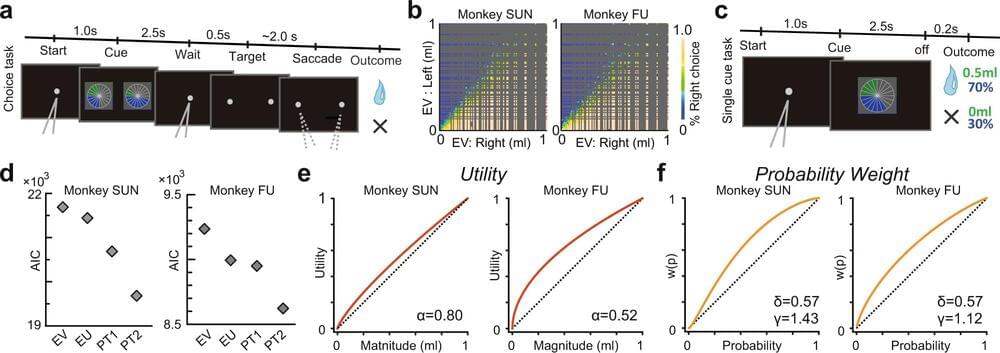
How the reward system in the brain processes risky decisions
The mechanisms underlying decision-making have been a long-standing focus of neuroscience research. But now, researchers from Japan have found new information about how the reward system in the brain processes risky decisions.
In a study recently published in Nature Communications, researchers from the University of Tsukuba have revealed that individual neurons in the neural circuit that processes reward information fire in accordance with a well-established theory used to describe the decision-making process.
First proposed in the 1970s, prospect theory is a highly influential concept used to describe how people and animals make choices. Although this theory has been supported by thousands of studies, limitations in the temporal and spatial resolution of human neuroimaging techniques have prevented researchers from determining whether the activity of individual neurons follows this pattern, something that the researchers at the University of Tsukuba aimed to address.
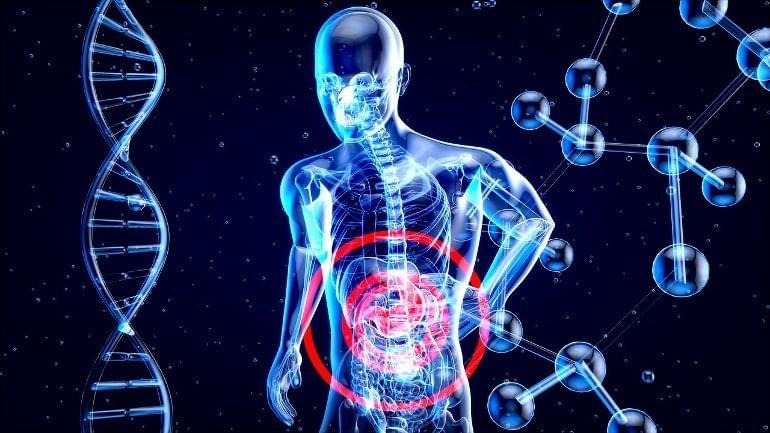
Gut Could Sound Early Warning Alarm for Motor Neuron Disease
Summary: Proteins associated with motor neuron disease, or ALS are present in the gut many years before disease pathologies can be found in the brain. A stool sample or gut biopsy could help identify the presence of MND-associated proteins years before symptoms appear.
Source: University of Aberdeen.
The same proteins thought to contribute to motor neuron disease can be found in the gut many years before any brain symptoms occur, a new study by the University of Aberdeen has found.
In a ‘tour de force,’ researchers image an entire fly brain in minute detail
Circa 2018 face_with_colon_three
“This data set—and the opportunities it creates—are … arguably one of the most important things to have happened in neurobiology recently,” says Rachel Wilson, a neurobiologist at Harvard University who was not involved in the new work. “Anyone in the world who is interested can download the data set and determine whether any two neurons … talk to each other.”
The 100,000-neuron fruit fly brain is elementary compared with the roughly 100 billion neurons in our own skulls. But the fly is still “much more than this little speck that you swat away from your wine glass over dinner,” says Davi Bock, a neuroscientist at the Howard Hughes Medical Institute’s Janelia Research Campus in Ashburn, Virginia. Some systems in the fly brain—like those responsible for detecting and remembering smells—likely share “common principles” with those in humans, he says.
To make out features of individual synapses, where a signal from one neuron travels to another, Bock and colleagues used an electron microscope, which can resolve much finer detail than a traditional light microscope. They soaked a fly’s brain in a solution containing heavy metals, which bind to the membranes of neurons and to proteins at the synapses. That made the brain look like a wad of noodles, each dark on the outside but white on the inside, Bock explains. Then, a diamond knife cut the brain into about 7,000 slices, each of which was struck with a beam of electrons from the microscope to create an image.
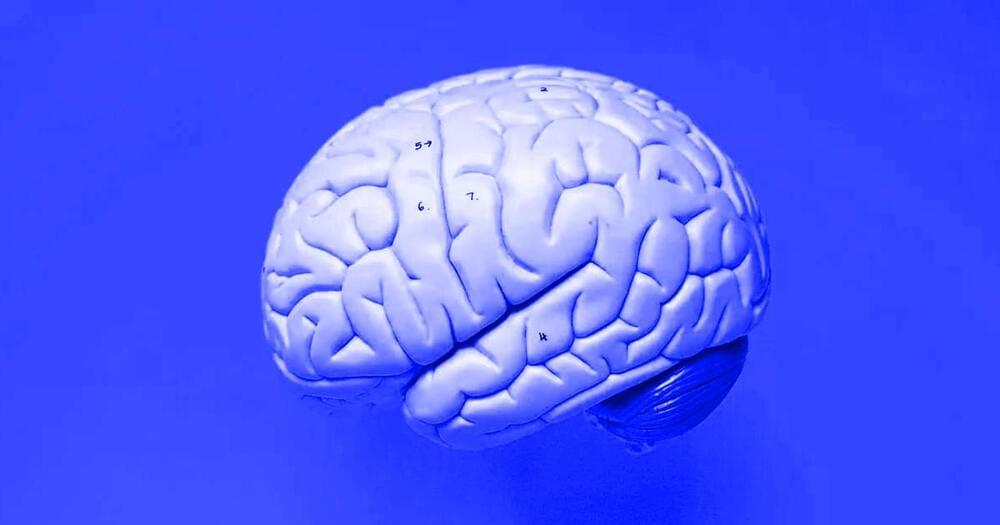
These Nootropics May Give Your Brain the Boost It Needs To Function at Max Capacity
(Use Promo Code PRODANDNEURO For 15-percent Off Your First Purchase)
This is not a knock on caffeine by any means. There’s a reason people have been consuming it for thousands of years. It works by blocking the neurotransmitters in the brain that produce drowsiness. This keeps your neurons firing at full speed, which makes you feel awake. And studies show it is very effective at boosting mood. But what if you could do more for your brain than simply tricking it into being awake? What if you could give your brain nutrients that help it work better all the time? Well, with a well-designed nootropics supplement, you can.
Nootropics are often marketed as “smart drugs,” which gives the impression that they’re going to boost your IQ and turn you into a rocket scientist or brain surgeon. But that is not actually the case. Nootropics are simply chemical compounds that help create the biological conditions necessary for optimal brain function. They include things like amino acids, vitamins, minerals, nutrients, and even stimulants such as caffeine. Some of these compounds serve as fuel for cognition. Others modulate various processes involved in neurotransmission.
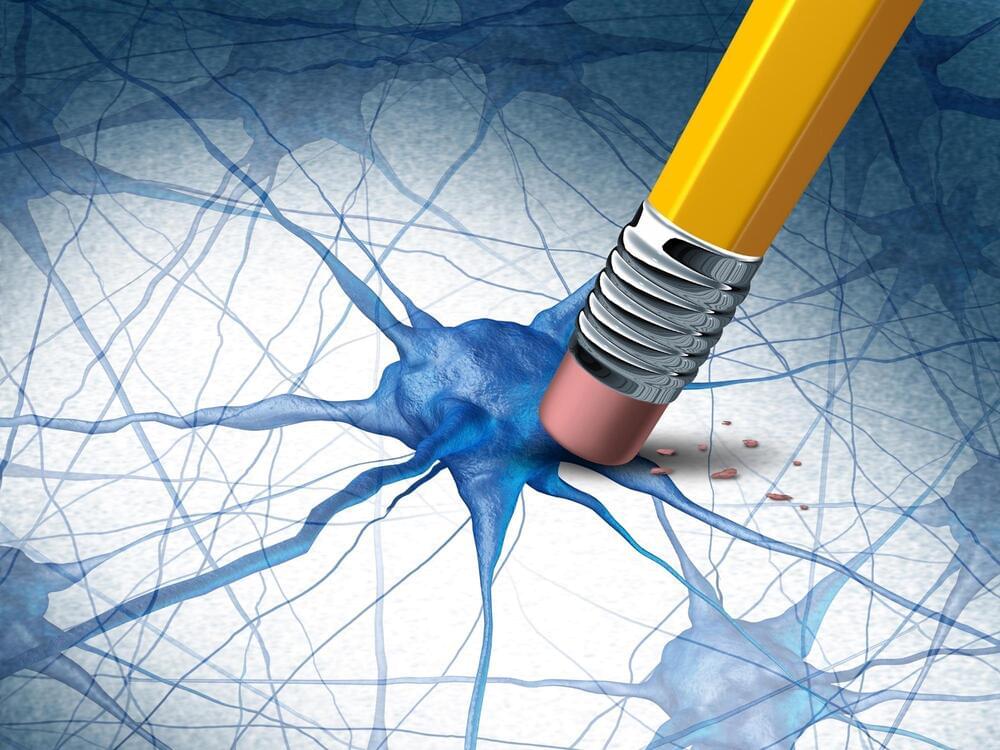
A Special Type of Diet Can Reduce Symptoms of Dementia
Short cycles of a low-calorie diet that mimics fasting appeared to lower inflammation and delay cognitive decline in Alzheimer’s.
Alzheimer’s disease is a disease that attacks the brain, causing a decline in mental ability that worsens over time. It is the most common form of dementia and accounts for 60 to 80 percent of dementia cases. There is no current cure for Alzheimer’s disease, but there are medications that can help ease the symptoms.